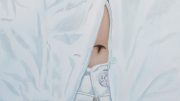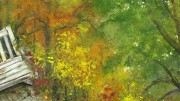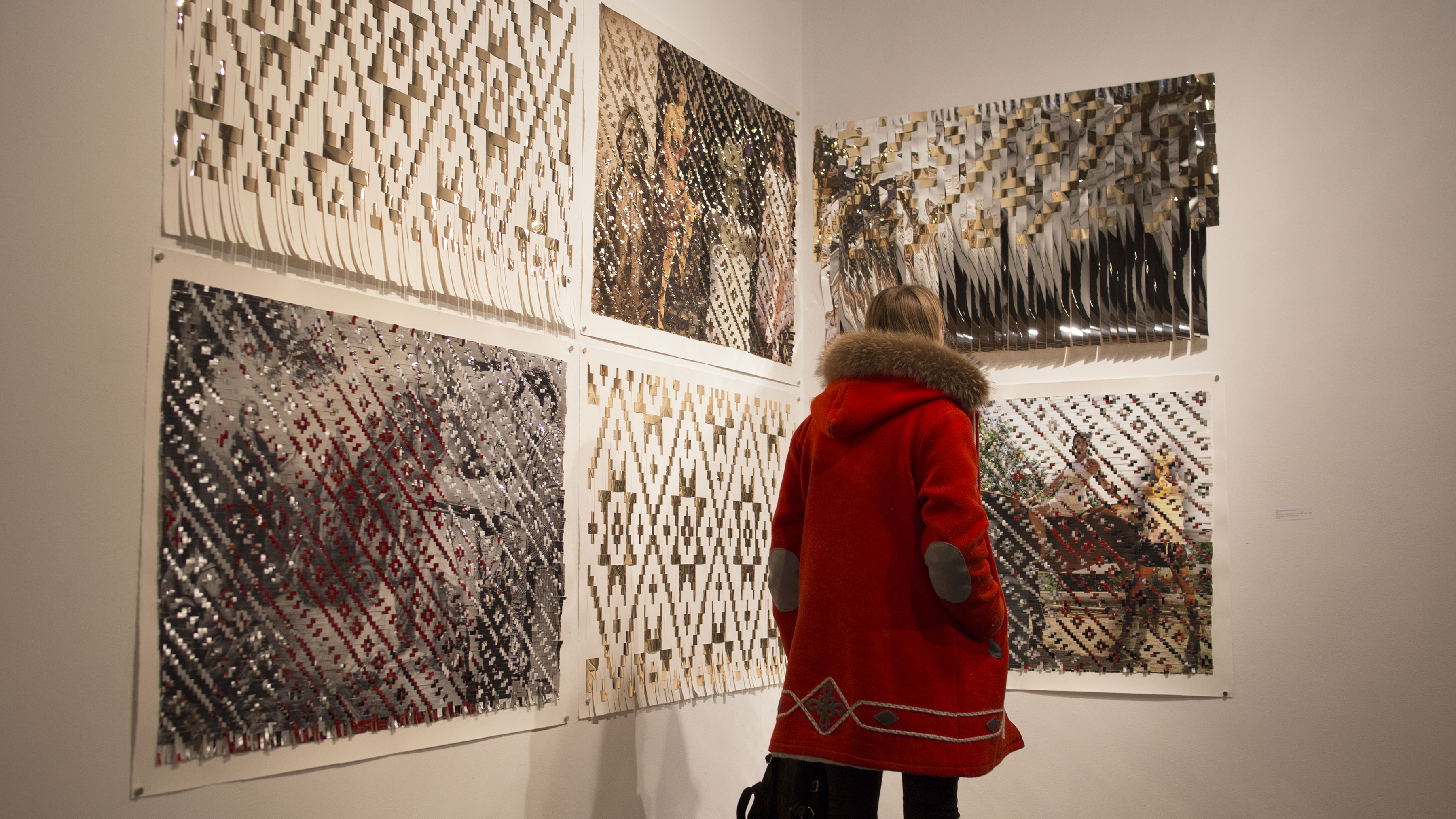Canadian history is being retold in Kent Monkman’s latest solo exhibit at the Winnipeg Art Gallery.
Canadian Cree artist Kent Monkman’s Shame and Prejudice: A Story of Resilience opened at the Winnipeg Art Gallery (WAG) Sept. 27. It runs until Feb. 9, 2020.
The exhibit, which is also curated by Monkman, was created in response to Canada’s 150th anniversary celebrations as an Indigenous retelling of Canada’s history.
This is the second time the WAG has shown a solo exhibition of Monkman’s work, the first being The Triumph of Mischief in 2008.
While he is now based in Toronto, Monkman’s roots are in Winnipeg.
“I really feel like Winnipeg was such an important part of who I am, my ancestors are from this territory, so I always think about Winnipeg as my homeland,” said Monkman.
“I think often about Winnipeg as a troubling place, it’s a difficult place to be an Indigenous person […] yet there is this spirit of resiliency and positivity here, in the people here.”
He said Winnipeg acts as a “microcosm for colonialism and racism” in Canada in Shame and Prejudice.
Monkman took photographs of different locations throughout Winnipeg’s North End to situate his paintings.
“I am using my imagination to talk about a relationship to spirituality, to the other legendary beings, to insert my own alter ego who is a legendary being, Miss Chief [Eagle Testickle], she’s in these paintings as well,” Monkman said.
“So they’re kind of the background that I use to explore these stories that come from my perspective as a Cree person.”
The large paintings featured in Shame and Prejudice contain elements of 20th century surrealism with influences from the Old Masters.
“I have these juxtapositions of figurations from European modern artists — like Picasso and Henry Moore and Francis Bacon — and there was such a violence to the way they painted the female figure,” said Monkman.
“So often the female figure has this look of almost like a brutalized act of violence has been perpetrated on them.”
Monkman features women depicted as warped, surreal figures.
“I wanted to use [European modern artists’] ways of painting the female nude to talk about violence perpetrated against Indigenous people and also the violence perpetrated against the female spirit,” he said.
The paintings also feature Renaissance-style angels, some covered in tattoos, contemporary Indigenous people in various scenes of conflict and triumph, bears and bison, as well as his drag alter ego, Miss Chief Eagle Testickle, who is usually wearing very little aside from her high heeled shoes.
“I have deliberately chosen a language of representational painting because I really want to reach a wide audience […] I really draw from art history and I think that’s made my work accessible in a way,” said Monkman.
One of the works from this exhibit, “The Deposition”, was donated to the WAG by an anonymous donor.
“This painting, “The Deposition”, is part of the Urban Res series, and in this series I wanted to remind people that places like Winnipeg are Indigenous territories,” said Monkman.
“These are places that Indigenous people have been living in for thousands of years and it was really to refute these ideas that were brought by Europeans.
“European modernity was about coming to North America with a blank slate and having everybody just conveniently forget that this land belonged to somebody else,” he said.
The erasure of Indigenous people throughout history is still reinforced today through Canada’s education system, according to Monkman.
“So many people have grown up in Canada and have never been taught about residential schools,” said Monkman.
“With this project, with this exhibition and these paintings, I’m trying to remind people of all the chapters, the impact of the colonial project on Indigenous people, to get these chapters authorized into art history.”
While the paintings from Shame and Prejudice feature scenes of violence and struggle, the overarching theme of resilience resonates through Monkman’s work.
“This show, even though it tackles some very dark chapters, it’s really intended to be very optimistic, to talk about the resiliency of our people, to survive these different acts of genocide through the colonial project.”
Kent Monkman’s Shame and Prejudice: A Story of Resilience will be on display at the WAG until Feb. 9, 2020. For more information on the artist and to purchase prints, visit kentmonkman.com.





